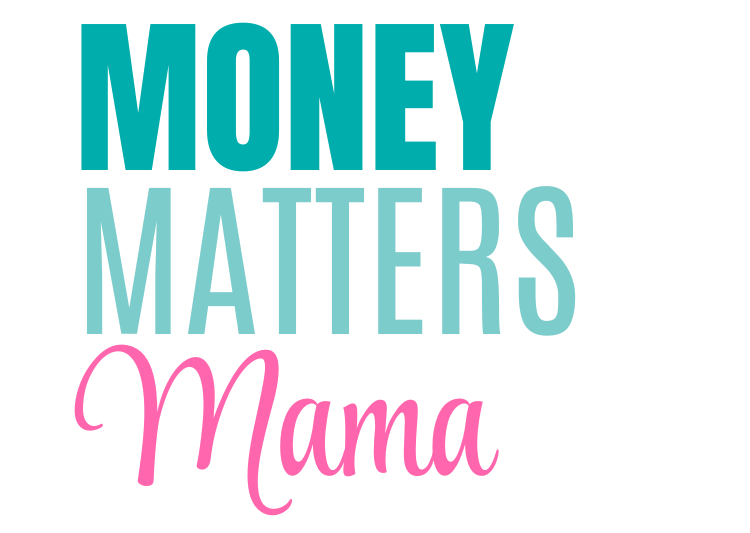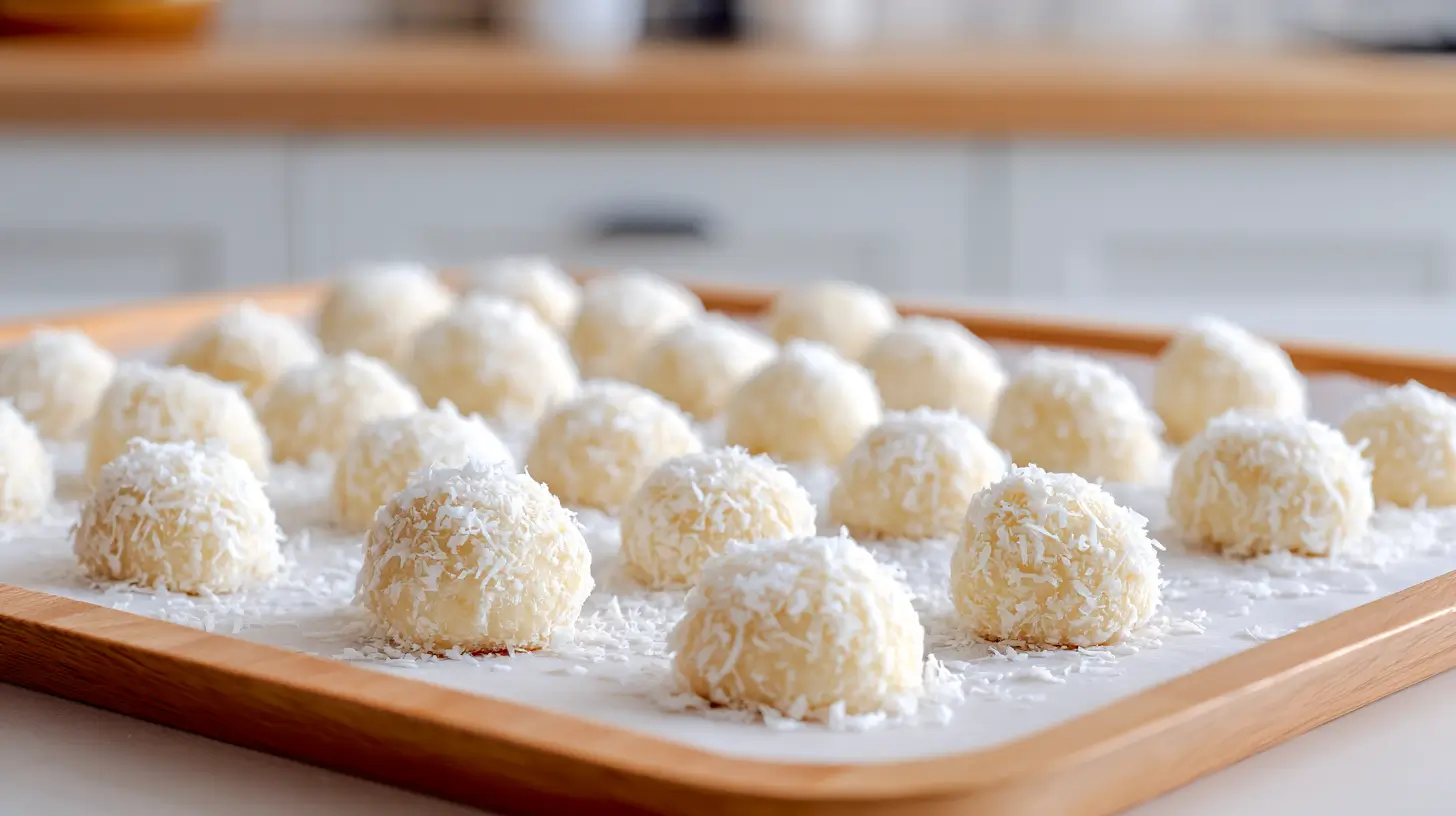There’s something special about homemade baked goods. The smell of fresh bread, the joy of decorating cupcakes, the satisfaction of pulling warm cookies out of the oven—baking is more than just mixing ingredients. It’s creating something people love. And if you’ve ever thought, “I could make money doing this,” you’re not alone. Starting a home bakery business is a dream for many. It lets you turn a passion into profit, all while working from home. No commute, no boss, and no office politics—just you, your kitchen, and delicious treats that customers can’t wait to buy.
But before you start selling cookies to your neighbors, there’s a little more to it than just baking. There are supplies to gather, pricing to figure out, legal steps to take, and marketing to think about. You want to make money, not just break even.
This post will walk you through everything you need to know. We’ll talk about what to sell, how to price your baked goods, and how to get customers excited about what you offer. By the time you’re done reading, you’ll have a game plan for turning your love of baking into a real business.
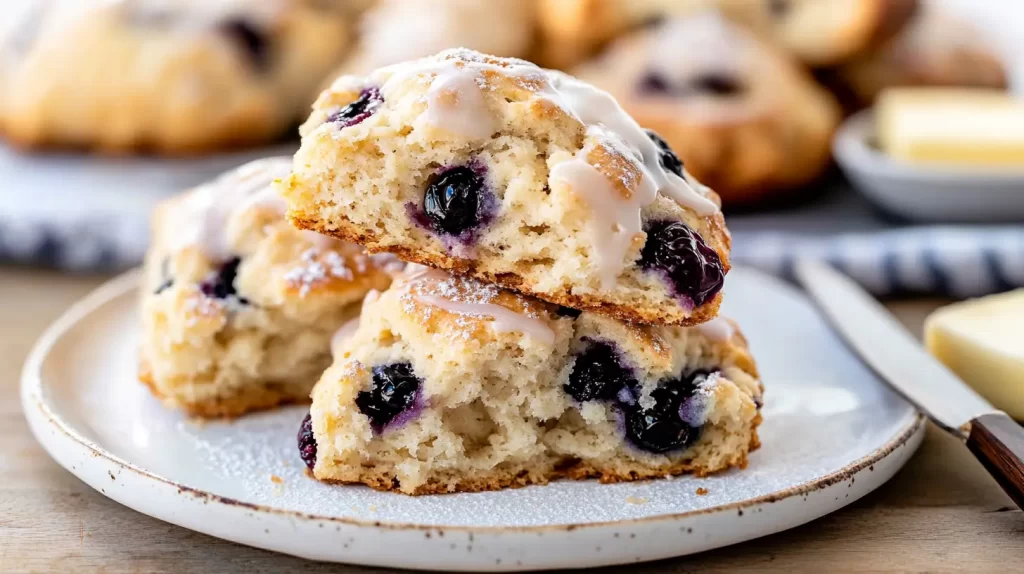
This site includes affiliate links; you can check the disclosure for more details.
Essential Supplies for a Home Bakery Business
To run a successful home bakery, you need more than a love for baking. The right tools make your job easier and your baked goods better. Some things you might already have, but a few extras can make a big difference.
Must-have supplies:
- Mixing bowls – Different sizes for different recipes.
- Measuring cups and spoons – Accuracy matters in baking.
- Stand mixer or hand mixer – A game-changer for dough and batter.
- Baking sheets and pans – Cakes, cookies, bread—you’ll need a variety.
- Cooling racks – Helps baked goods cool evenly.
- Piping bags and tips – Essential for decorating cakes and cupcakes.
- Spatulas and whisks – For mixing and spreading.
- Rolling pin – If you plan to make pastries or cookies.
- Oven thermometer – Because not all ovens are as accurate as they claim.
Beyond baking, you’ll need supplies for selling and delivering orders.
- Packaging – Boxes, bags, or containers to keep baked goods fresh.
- Labels – To add your logo, ingredients, or care instructions.
- Business cards – A simple way to share your contact info.
Your kitchen doesn’t need to be fancy, but having the right tools makes everything run smoother.
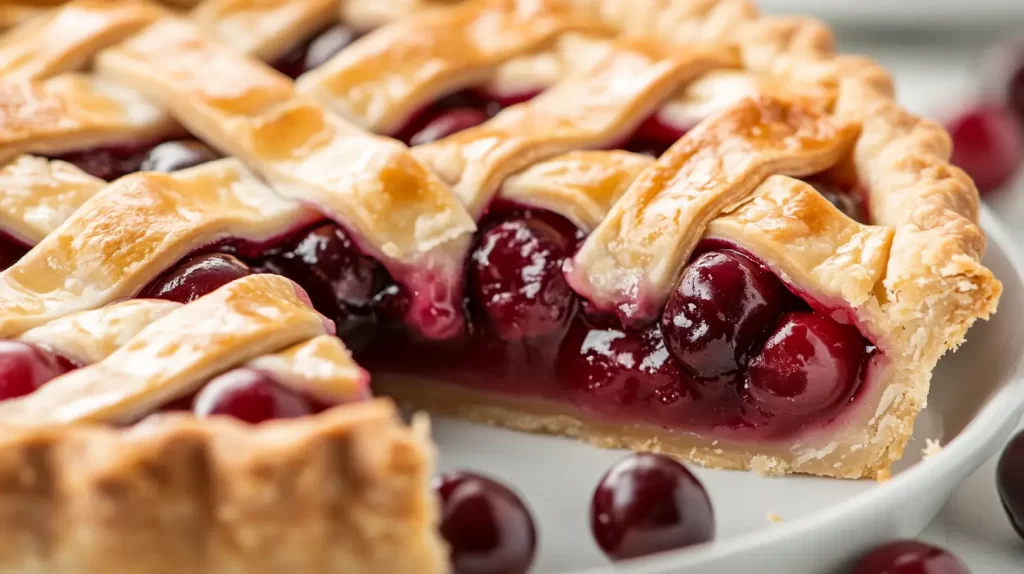
What Baked Goods Should You Sell?
Choosing what to sell is one of the most exciting parts of a home bakery business. You might already have favorite recipes, but not everything sells well or makes sense to bake in large batches.
Some of the best-selling baked goods:
- Cookies – Classic, easy to package, and always in demand.
- Cupcakes – Perfect for birthdays and celebrations.
- Cakes – Custom cakes can bring in big orders.
- Bread – Fresh loaves, dinner rolls, and specialty bread sell well.
- Muffins – Great for breakfasts and grab-and-go snacks.
- Pies – Seasonal pies are popular around holidays.
- Brownies and bars – A no-fuss option that people love.
A few things to consider:
- What do you love baking? If you enjoy it, you’ll stick with it.
- What sells well in your area? Check out farmer’s markets or local bakeries to see what’s popular.
- How much time do you have? Some baked goods are quick and easy, while custom cakes take hours.
Start with a small menu and expand once you see what customers love.

50 Items You Can Sell
Here’s a list of 50 products you can sell in your home bakery business. These include classic favorites, trendy treats, and specialty items to help you stand out!
Classic Baked Goods
- Chocolate chip cookies
- Sugar cookies (with or without royal icing)
- Snickerdoodles
- Brownies
- Blondies
- Lemon bars
- Rice Krispie treats
- Oatmeal raisin cookies
- Peanut butter cookies
- Shortbread cookies
Cupcakes & Cakes
- Vanilla cupcakes
- Chocolate cupcakes
- Red velvet cupcakes
- Carrot cake cupcakes
- Funfetti cupcakes
- Classic birthday cake (vanilla or chocolate)
- Drip cakes (great for Instagram-worthy designs!)
- Bundt cakes (lemon, cinnamon, pumpkin)
- Cake pops
- Mini cakes (great for personal-sized orders)
Breakfast & Pastries
- Cinnamon rolls
- Sticky buns
- Scones (blueberry, cranberry-orange, chocolate chip)
- Muffins (banana, blueberry, pumpkin)
- Croissants
- Danish pastries
- Coffee cake
- Biscotti
- Quick bread (banana bread, zucchini bread)
- Turnovers (apple, cherry, or peach-filled)
Pies & Tarts
- Apple pie
- Pecan pie
- Pumpkin pie
- Cherry pie
- Mini hand pies (perfect for grab-and-go!)
- Lemon meringue pie
- French silk pie
- Fruit tarts
- Cheesecake (classic, fruit-topped, or chocolate)
- Cheesecake bars (easier than full cheesecakes!)
Specialty & Seasonal Items
- Macarons
- Decorated sugar cookies for holidays
- Hot cocoa bombs (huge during winter!)
- Whoopie pies
- Edible cookie dough
- Meringue cookies
- Holiday bread (panettone, stollen)
- Themed cakes for birthdays or baby showers
- DIY cookie decorating kits (fun for kids and parties!)
- Gift boxes with assorted baked goods
Selling a mix of everyday treats and seasonal specials keeps customers coming back to your home bakery business all year long!
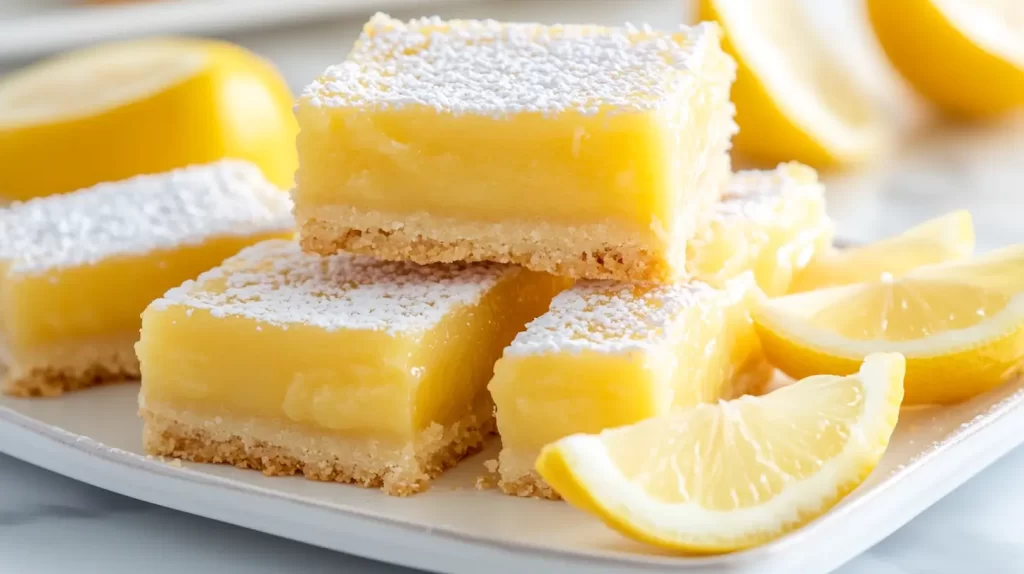
How to Make Your Home Bakery Business Profitable
Making money from baking isn’t just about selling delicious treats. You need to keep costs low, price things correctly, and attract enough customers to make it worth your time.
Ways to stay profitable:
- Use ingredients wisely. Buy in bulk when possible and avoid waste.
- Keep recipes simple. Complicated treats take more time and ingredients.
- Plan your baking schedule. Baking in batches saves time and energy.
- Set a minimum order size. This prevents small, unprofitable sales.
- Offer seasonal specials. Holiday treats bring in extra business.
The goal is to make sure that every order makes you money—not just covers costs.

Writing a Business Plan for a Home Bakery
A business plan might sound like something only big companies need, but trust me—it’s worth doing. It doesn’t have to be fancy, just a simple roadmap to help you stay focused and make smart decisions. Without one, it’s easy to undercharge, overspend, or feel totally overwhelmed.
What to Include in Your Business Plan
✔ What You’ll Sell
Think about your menu. Are you focusing on cookies, cupcakes, or bread? Will you offer seasonal treats for holidays? Keep it simple at first. It’s better to master a few items than to stretch yourself too thin.
✔ Who Your Customers Are
Who will buy from you?
- Busy moms looking for birthday cakes?
- Local businesses needing treats for meetings?
- Coffee shops that might resell your pastries?
Knowing your audience helps you decide what to bake and how to market it.
✔ Pricing Strategy
You need to charge enough to cover your costs and make a profit. Research what similar baked goods sell for in your area. Factor in ingredients, time, and overhead costs like packaging and utilities.
✔ Marketing Plan
How will people find you?
- Social media (Facebook and Instagram work great!)
- Word of mouth (happy customers bring more customers)
- Farmers markets, pop-ups, or local business partnerships
Marketing doesn’t have to be expensive, but you do need a plan.
✔ Budget & Costs
List your startup costs:
- Ingredients and baking supplies
- Packaging and labeling
- Business permits or food safety certifications
A simple business plan keeps your home bakery business running smoothly and helps you grow with confidence!

How to Price Your Baked Goods
Pricing is tricky. Too low, and you won’t make a profit. Too high, and people won’t buy. The goal is to cover your costs, pay yourself for your time, and still be competitive.
Things to consider when pricing:
- Ingredient costs – Flour, sugar, butter, and everything else.
- Your time – Baking, decorating, and packaging take effort.
- Overhead costs – Packaging, electricity, and equipment wear and tear.
- Market prices – What are similar items selling for?
A simple pricing formula:
(Cost of ingredients + time + overhead) x 2 or 3 = Selling price
For example, if making a batch of cookies costs you $5 in ingredients and takes 30 minutes, charging $15-$20 makes sense.
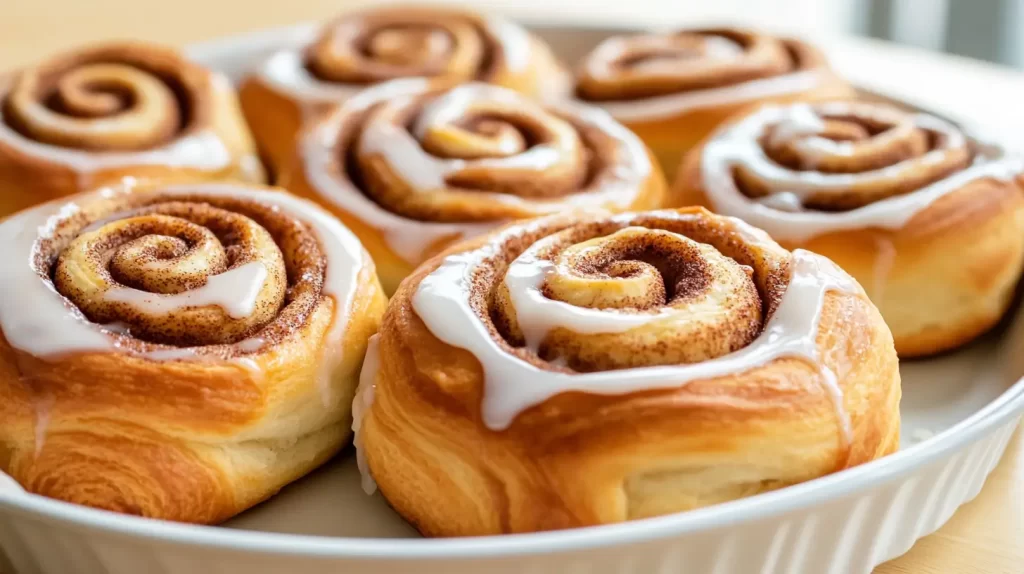
Legal and Licensing Considerations
Before you start selling your baked goods, you need to check the legal side of things. I know—it’s not the fun part, but it’s super important. Rules for home bakers vary by state, so you don’t want to get caught selling something that isn’t allowed. A little research now saves you headaches later.
Understand Cottage Food Laws
Many states have cottage food laws, which let you sell homemade baked goods without a commercial kitchen. But these laws aren’t the same everywhere. Some states allow all kinds of baked goods, while others only allow non-perishable items like cookies and bread.
Here’s what to check:
- What baked goods can you sell? Some states don’t allow items with dairy-based fillings, like cream pies or cheesecakes.
- Where can you sell? Some laws only allow direct sales (like farmers markets), while others let you sell online or through local stores.
- Are there sales limits? Some states cap how much you can earn under cottage food laws.
Get the Right Licenses and Permits
Even if cottage food laws apply, you may still need:
- A business license. Some cities require one, even for home businesses.
- A food handler’s permit. This proves you understand food safety.
- An inspection. Some states require a home kitchen inspection before approving sales.
Follow Labeling Rules
Some places require labels with:
- Ingredients. In case of allergies.
- Allergen warnings. If your treats contain nuts, eggs, or dairy.
- A disclaimer. Some states require a note saying your food is made in a home kitchen and not inspected by the health department.
I’m not a legal expert, or qualified to give you legal advice, but I wanted to give you a few things to consider in this area. Check your local health department’s website for details. A little paperwork now keeps your home bakery business running smoothly!

How to Market Your Home Bakery Business
Marketing is how you get people to know, love, and buy your baked goods. And here’s the best part—you don’t need a big budget. You just need a smart plan and a little creativity.
Use Social Media to Show Off Your Baked Goods
- Post drool-worthy pictures. People eat with their eyes first, so snap well-lit, close-up shots of your treats. Natural light is best, and a simple background makes your baked goods stand out.
- Share behind-the-scenes moments. Show your baking process, decorating fails, and taste-testing moments. People love real, relatable content.
- Use local hashtags. Try hashtags like #YourCityBakery or #HomemadeCookies to help local customers find you.
- Encourage customer posts. Ask happy customers to tag you in their photos and reshare them to your page.
Get the Word Out in Your Community
- Join local Facebook groups. Many towns have “Buy, Sell, Trade” or “Moms of [Your City]” groups where you can share your home bakery business.
- Connect with schools and churches. Offer to provide baked goods for events or fundraisers. A free sample today can lead to paid orders later.
- Partner with local businesses. Coffee shops, boutiques, and salons might let you leave flyers or even sell a few of your baked goods in their store.
Make Your Business Easy to Remember
- Hand out business cards. Tuck one into every order so customers can reorder easily.
- Create simple packaging with your logo. A cute sticker or a handwritten note makes your baked goods more memorable.
- Offer samples. If you’re at a market or event, let people taste before they buy. A bite-sized brownie or cookie sample can turn a curious shopper into a paying customer.
Marketing isn’t about being pushy—it’s about letting people know where to find your delicious treats. Keep it fun, be consistent, and watch your business grow!

How to Stand Out in a Crowded Home Bakery Business
Baking is a popular side hustle, which means there are plenty of other home bakers out there. So, how do you make your home bakery business stand out? You need a unique touch that makes customers choose you over someone else.
Find Your Signature Style
Think about what makes your baking special.
- Do you make the fluffiest cinnamon rolls in town?
- Are your decorated cookies absolute works of art?
- Do you offer allergy-friendly treats like gluten-free or dairy-free options?
- Maybe you specialize in nostalgic flavors, like grandma’s classic pound cake.
Customers love knowing they’re getting something special. When they think of a certain treat, you want them to think of you!
Offer Something Extra
A little extra effort can turn first-time buyers into loyal customers.
- Add a handwritten thank-you note in every order.
- Offer a free sample of a new item when someone places a big order.
- Create a “frequent buyer” card—buy 10 cupcakes, get one free!
Small gestures make people feel appreciated, and they’re more likely to recommend you to friends.
Make Ordering Easy
Nothing scares off customers faster than a complicated ordering process.
- Set up a simple online order form (Google Forms is free!).
- Accept different payment options like Venmo, PayPal, or cash.
- Make sure your pickup instructions are clear and easy to follow.
The easier you make it for people to buy from your home bakery business, the more likely they are to come back again and again!
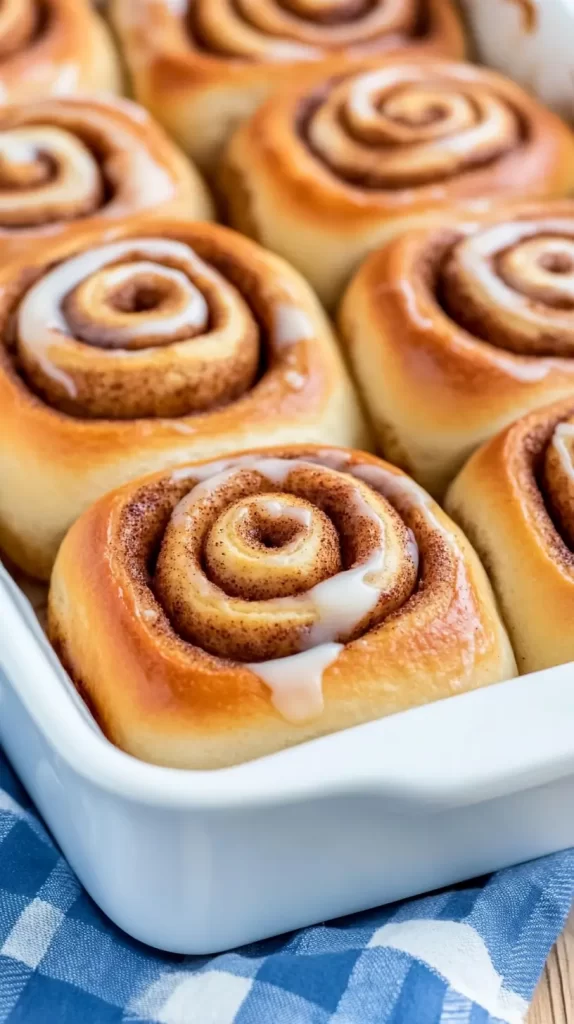
Seasonal Specials: A Fun Way to Boost Sales
One of the easiest ways to keep customers excited about your home bakery business is by offering seasonal specials. People love themed treats, and they’re more likely to splurge on festive goodies!
Why Seasonal Treats Work
- They create urgency—people know they’re only available for a short time.
- Customers love holiday-themed desserts for parties and gifts.
- They help you stand out from everyday bakery options.
Fun Seasonal Ideas
Fall & Halloween
- Pumpkin spice muffins
- Caramel apple cupcakes
- Ghost-shaped sugar cookies
Winter & Christmas
- Peppermint brownies
- Hot cocoa bomb cupcakes
- Snowflake sugar cookies
Spring & Easter
- Lemon lavender scones
- Bunny-shaped cake pops
- Strawberry shortcake cupcakes
Summer & Fourth of July
- Red, white, and blue cupcakes
- S’mores-inspired brownies
- Watermelon sugar cookies
How to Make Seasonal Specials Work
- Announce them early. Give customers time to plan for holiday parties and gifts.
- Offer pre-orders. This helps you know how much to bake and avoids waste.
- Promote them on social media. Show off the festive designs and flavors.
Seasonal items give customers a reason to keep coming back to your home bakery business all year long!
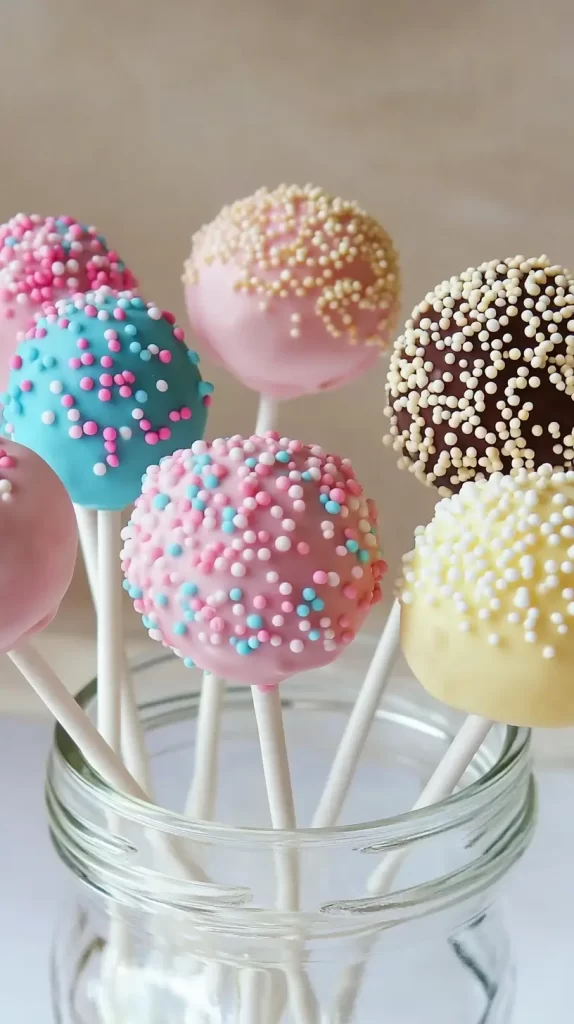
How to Handle Large Orders Without Losing Your Mind
Getting a big order is exciting, but it can also be overwhelming. If someone wants five dozen cupcakes, you don’t want to panic! With a little planning, you can handle large orders for your home bakery business like a pro.
Break It Down
A huge order seems impossible when you look at it all at once. Instead:
- Make a checklist of everything you need—ingredients, packaging, decorations.
- Plan your baking schedule. Can anything be made ahead of time?
- Prep ingredients in bulk so you don’t have to measure everything multiple times.
Use Your Freezer
Some baked goods freeze well, which helps when you’re working on a big order.
- Cookie dough? Freeze it in scooped portions and bake fresh.
- Cupcakes? Bake ahead and freeze them (without frosting).
- Pie crust? Make it ahead and store it in the fridge.
Set Realistic Deadlines
- Give yourself enough time so you’re not baking at 2 a.m. the night before.
- Be clear with customers about how far in advance they need to place an order.
- If an order is too big, don’t be afraid to say no! It’s better to deliver quality than to overbook yourself.
Handling big orders smoothly makes customers trust your home bakery business for future events—and that means more sales in the long run!
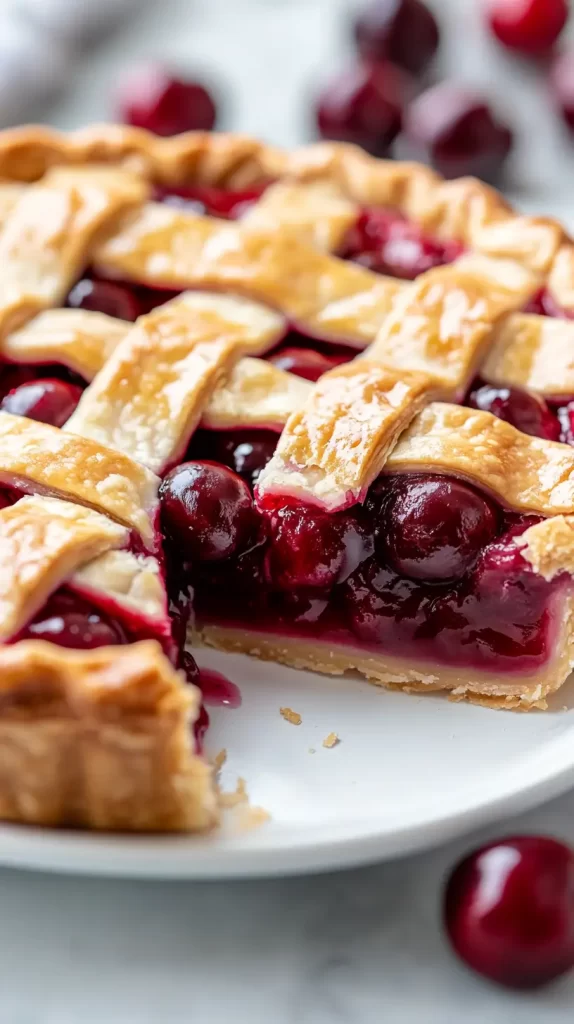
Final Thoughts
Starting a home bakery business is an exciting way to make money doing what you love. With the right supplies, a good business plan, and smart pricing, you can turn homemade treats into real income.
The key to success is staying organized, keeping costs low, and marketing your business to the right people. Whether you sell cookies, cupcakes, or custom cakes, there’s a market for homemade baked goods—especially if you offer something unique.
And don’t forget about Pinterest! It’s a great way to share your baked goods, reach new customers, and get inspiration for recipes and packaging. Many small bakers find customers through social media, so use it to your advantage.
Now, it’s time to preheat that oven and start baking up a business!
